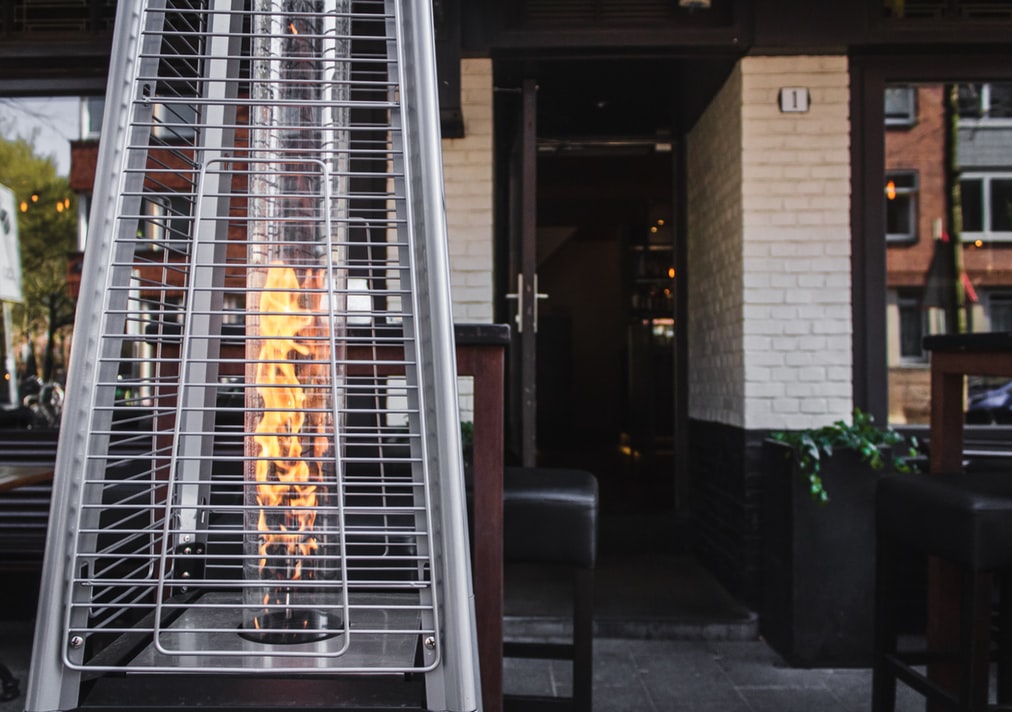Patio weather generally means clear skies and mild to warm temperatures. However, if you live north of the equator, these days are few and far between. The cold climate doesn’t have to ruin a good crisp winter day if you have a patio heater. So how do you know which ones will last and actually keep you warm?
Table of Contents
How Do They Work?
Patio heaters generate heat and to do they need a source of power. That source is usually from gas, propane or electricity. The difference between a space heater and a patio heater is the space heater uses a fan while the patio heater radiates the heat. There is a reason why heat radiation works better for outdoor heaters. This is because they are more effective at keeping the heat contained in one area.
Types of Patio Heaters
If you are looking for outdoor patio heaters, there are different types depending on your needs.
- Freestanding – You most commonly see freestanding options at restaurants. They have a heavy base, which holds the propane and are generally tall and thin with a hood.
- Tower – These ones are slightly more stylish featuring a flame enclosed in a cage. They are suited to places with a large open space.
- Wall Mounted – The wall mounted heaters are the safest, as they are mostly electric. To save space, they can be mounted on the wall or the ceiling.
- Tabletop – The tabletop patio heaters are also quite common. They look like miniature versions of the freestanding heaters but don’t take up as much space.
Electric VS Gas VS Propane
Since gas and propane heaters require ample ventilation, electric options are great for those who have limited space. They come in many styles and are quite easy to use. Although one con is they work a lot slower than the larger counterparts.
The natural gas heaters work wonders and heat up a larger space. They work wonders at warming your guests up in a short amount of time. However, they require professionals to install and wherever they are used needs to be well-ventilated for safety reasons.
Propane heaters are awesome and work well in a variety of places. They work very quickly and have a separate power source. They offer a lot of flexibility in terms of placement, but do require a ton of propane to function.
If you are looking for suggestions on some of the best heaters of each type, there are a few things to remember. Look for ones that are safe, heat a sufficient square footage, and are rather efficient with energy.
Conclusion
Patio heaters have come a long way. Many people are worried about the safety features, but most modern ones have preventative measures built-in to prevent fires. Although it is still up to you to keep combustible material at least 2.5 feet away from the heat radiating zone. Depending on your needs, look for ones that suit your lifestyle. Maybe look into ones with glass that keeps the heat in or ones with emergency shut-off switches when the wind gets too strong.

